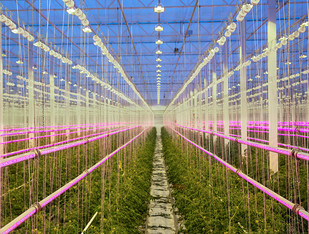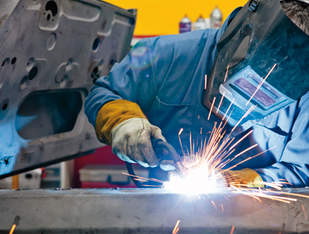- Home
- Home
-
Shop
-
Industries
- Processes
- Gases and Equipment
-
Services
-
Safety
-
Contact & Support
-
News & Media
- Agent Finder
Aquaponics: how gases help advance sustainable food production
Aquaponics is a form of sustainable agriculture that combines raising fish in tanks (recirculating aquaculture) with soilless plant culture (hydroponics). In aquaponics, the nutrient-rich water from raising fish provides a natural fertilizer for the plants and the plants help to purify the water for the fish. Literally speaking, Aquaponics is putting fish to work.
Local production, lower emissions
Aquaponics also uses water much more efficiently than traditional agriculture as the same water can be cycled through the tanks and greenhouses. And the resulting food products are also free of hormones, pesticides, and antibiotics. A plant can be set up anywhere, close to the consumers, providing fresh local food. Furthermore, no harmful emissions are released in the production process, and there is great potential to cut down on transport emissions as more food can be produced locally.
"The pandemic has shown the importance of increasing the amount of locally produced food," says Brannström. Looking ahead, Brannström is bullish about Peckas’ potential to help spawn a revolution in sustainable, locally produced food that can support a broader shift toward more sustainable food production. "Aquaponics is the future of farming," he says.
Text: Carina Aspenberg








